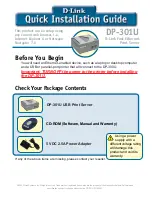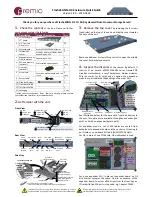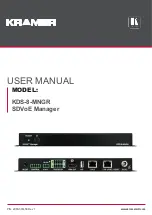
Call routing
265
System functions and features as of R3.0
syd-0367/1.3 – R3.0 – 03.2013
6. 9
Testing overflow routing in the PISN
When a connection is setup the system checks the availability of the selected path.
If it is not available due to overloading or due to a defect, an attempt will be made
to set up the connection via an alternative route, depending on the configuration.
There are two types of overflow routing:
• Overflow routing within the private leased-line network:
Both the initial and the alternative connection path run via dedicated lines of
the private leased-line network.
• Overflow routing via the public network:
The initial connection path runs via dedicated lines of the private leased-line
network while the alternative connection path runs via the public network.
Transmission of the CLIP number depends on the CLIP settings. See also the over-
flow situations illustrated in the example on
•
Direct dialling plan
1 (relevant only if a suitable DD number is found)
•
Call Distribution Element
Not relevant to this case
User configuration PISN-BN 330:
•
Route
2 (route reference number)
• Number
Phone number to be dialled without exchange access prefix
Route 2:
•
Trunk group
2
2 (reference number of one or more trunk group(s))
•
Digit barring
Use or do not use digit barring
•
Outgoing connections
Number of connections allowed simultaneously
•
Numbering plan identifier NPI
PNP
•
Type of number TON
Unknown
Trunk group 2:
•
Network interfaces
Network interfaces of this trunk group
•
Network type
Private
•
Protocol
QSIG
or
QSIG / PSS1 ISO
Parameter
Parameter value















































